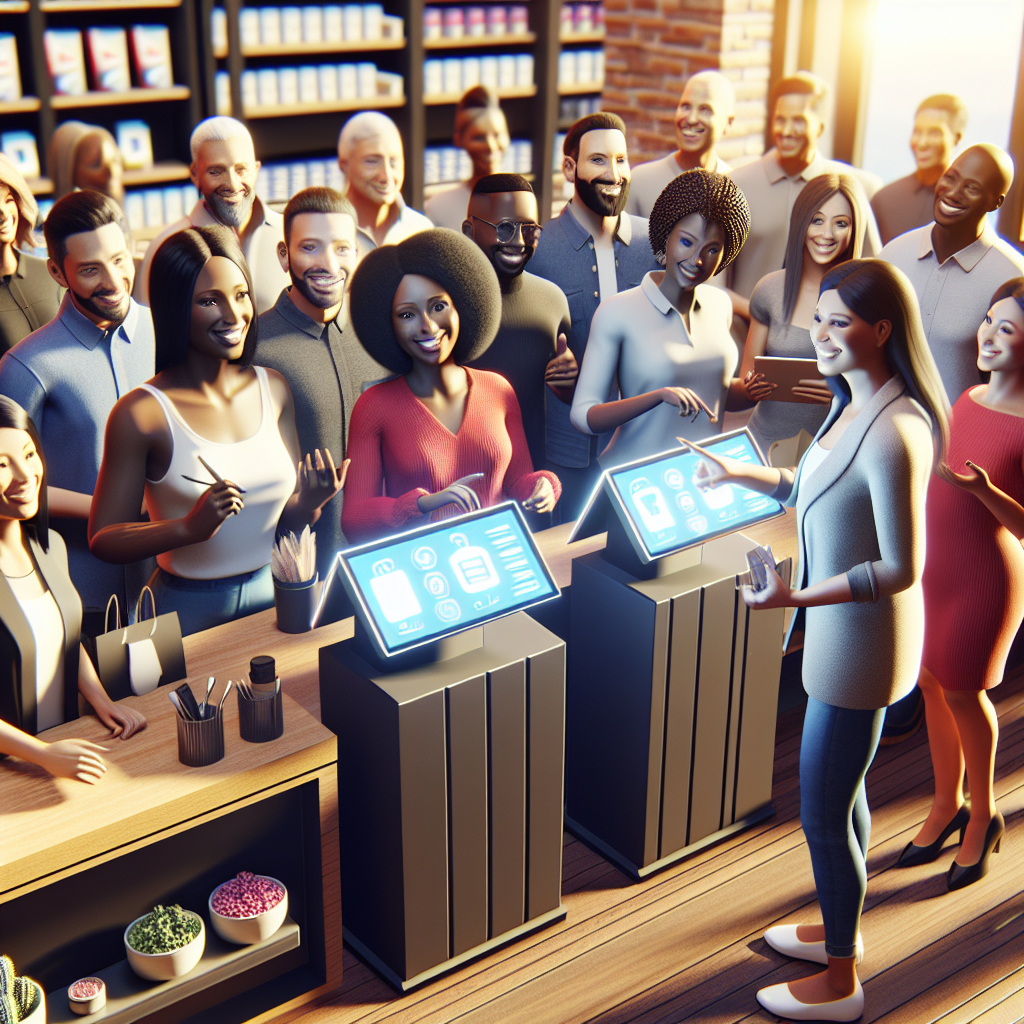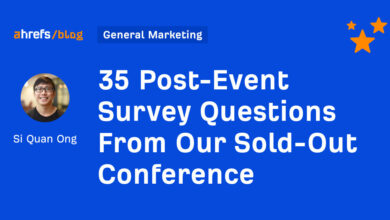Unlocking Customer Loyalty Through Personalization Strategies

Introduction
Customer loyalty is crucial for the success of any business. Building a loyal customer base can lead to repeat purchases, positive word-of-mouth recommendations, and increased profitability. One effective way to foster customer loyalty is through personalization strategies. By tailoring your products, services, and marketing efforts to individual customer preferences, you can create a more personalized and engaging experience that keeps customers coming back for more.
Why Personalization Matters
Personalization is more than just a buzzword in marketing – it’s a powerful tool for building strong relationships with customers. When customers feel that a brand understands their needs and preferences, they are more likely to develop a sense of loyalty and trust. Personalization can take many forms, from personalized product recommendations based on past purchases to targeted email campaigns that address specific customer interests. By leveraging data and technology, businesses can create personalized experiences that resonate with customers on a personal level.
Personalization Strategies
1. Data Collection
Effective personalization starts with collecting and analyzing customer data. By tracking customer interactions across various touchpoints, such as your website, social media channels, and email campaigns, you can gain valuable insights into customer behavior and preferences. This data can be used to create personalized marketing campaigns, product recommendations, and targeted promotions that resonate with individual customers.
2. Segmentation
Segmenting your customer base into distinct groups based on demographics, behavior, or preferences can help you target your personalization efforts more effectively. By tailoring your messaging and offers to different customer segments, you can create a more personalized experience that resonates with each group. For example, you may create separate email campaigns for loyal customers versus new customers, or offer personalized discounts to customers who frequently purchase a specific product category.
3. Personalized Recommendations
One of the most powerful ways to personalize the customer experience is through product recommendations. By analyzing past purchase behavior and browsing history, you can suggest products that are relevant to each customer’s interests and preferences. Personalized recommendations can help drive sales, increase customer engagement, and enhance the overall shopping experience.
4. Dynamic Content
Dynamic content allows you to tailor your website or marketing materials to individual customer preferences in real-time. By showing personalized content based on factors such as location, browsing history, or past purchases, you can create a more engaging and relevant experience for each customer. Dynamic content can help increase conversion rates, reduce bounce rates, and improve overall customer satisfaction.
Benefits of Personalization
Implementing personalization strategies can offer a range of benefits for your business, including:
- Increased customer loyalty and retention
- Higher conversion rates and sales
- Improved customer satisfaction and engagement
- Enhanced brand perception and loyalty
- Greater customer lifetime value
FAQs
Q: How can I get started with personalization for my business?
A: To get started with personalization, begin by collecting and analyzing customer data to gain insights into customer preferences and behavior. Use this data to segment your customer base and create personalized marketing campaigns, product recommendations, and offers that resonate with individual customers.
Q: What tools and technologies can help me implement personalization strategies?
A: There are several tools and technologies available to help businesses implement personalization strategies, including customer relationship management (CRM) software, marketing automation platforms, and personalization engines. These tools can help you track customer interactions, create personalized content, and deliver targeted messages to specific customer segments.
Q: How can I measure the effectiveness of my personalization efforts?
A: To measure the effectiveness of your personalization efforts, track key metrics such as conversion rates, customer retention, and engagement levels. Use A/B testing and analytics tools to evaluate the impact of personalized campaigns and make data-driven decisions to optimize your personalization strategies over time.
Q: What are some best practices for implementing personalization strategies?
A: Some best practices for implementing personalization strategies include starting small and scaling your efforts over time, testing and optimizing your campaigns based on data and customer feedback, and focusing on delivering value to customers through personalized experiences that address their specific needs and preferences.
Conclusion
Personalization is a powerful tool for unlocking customer loyalty and driving business growth. By tailoring your products, services, and marketing efforts to individual customer preferences, you can create a more personalized and engaging experience that fosters long-term relationships with customers. By leveraging data and technology, businesses can implement effective personalization strategies that resonate with customers on a personal level and drive increased loyalty, engagement, and sales.




